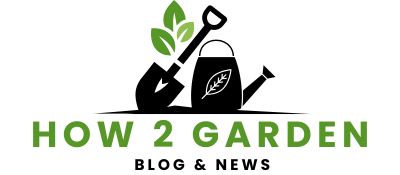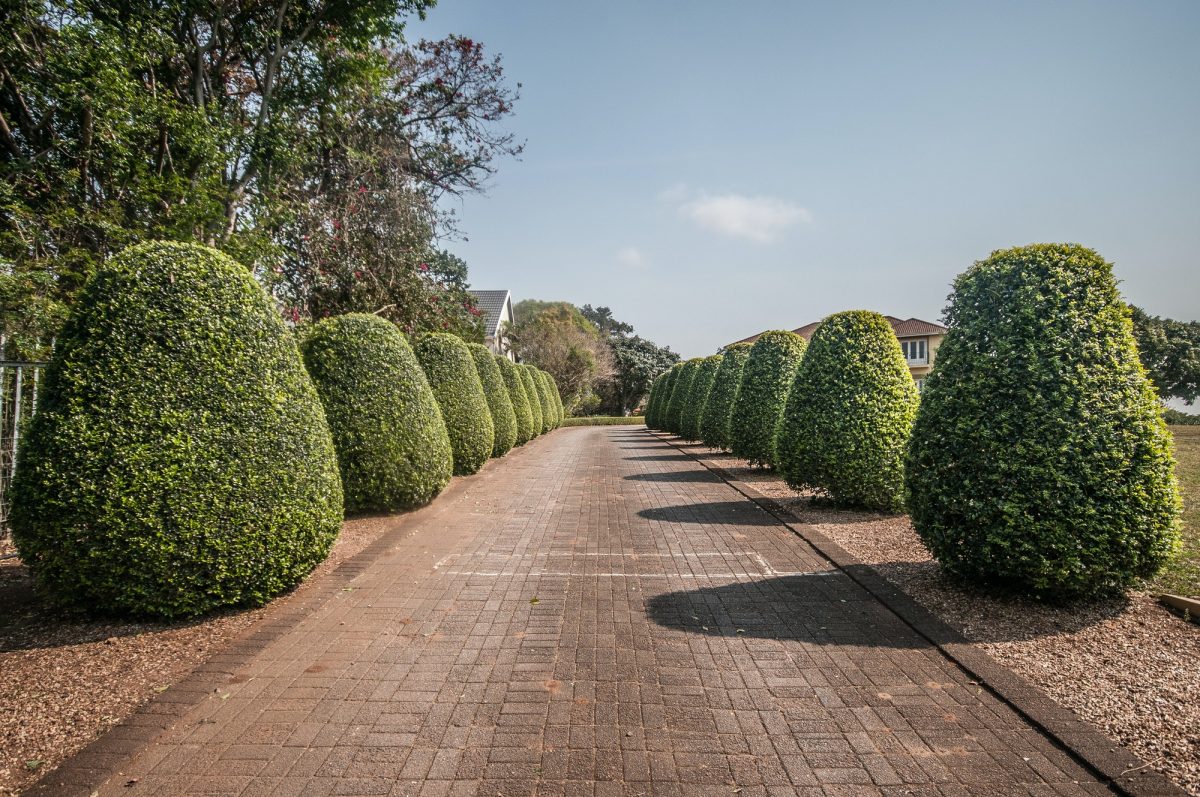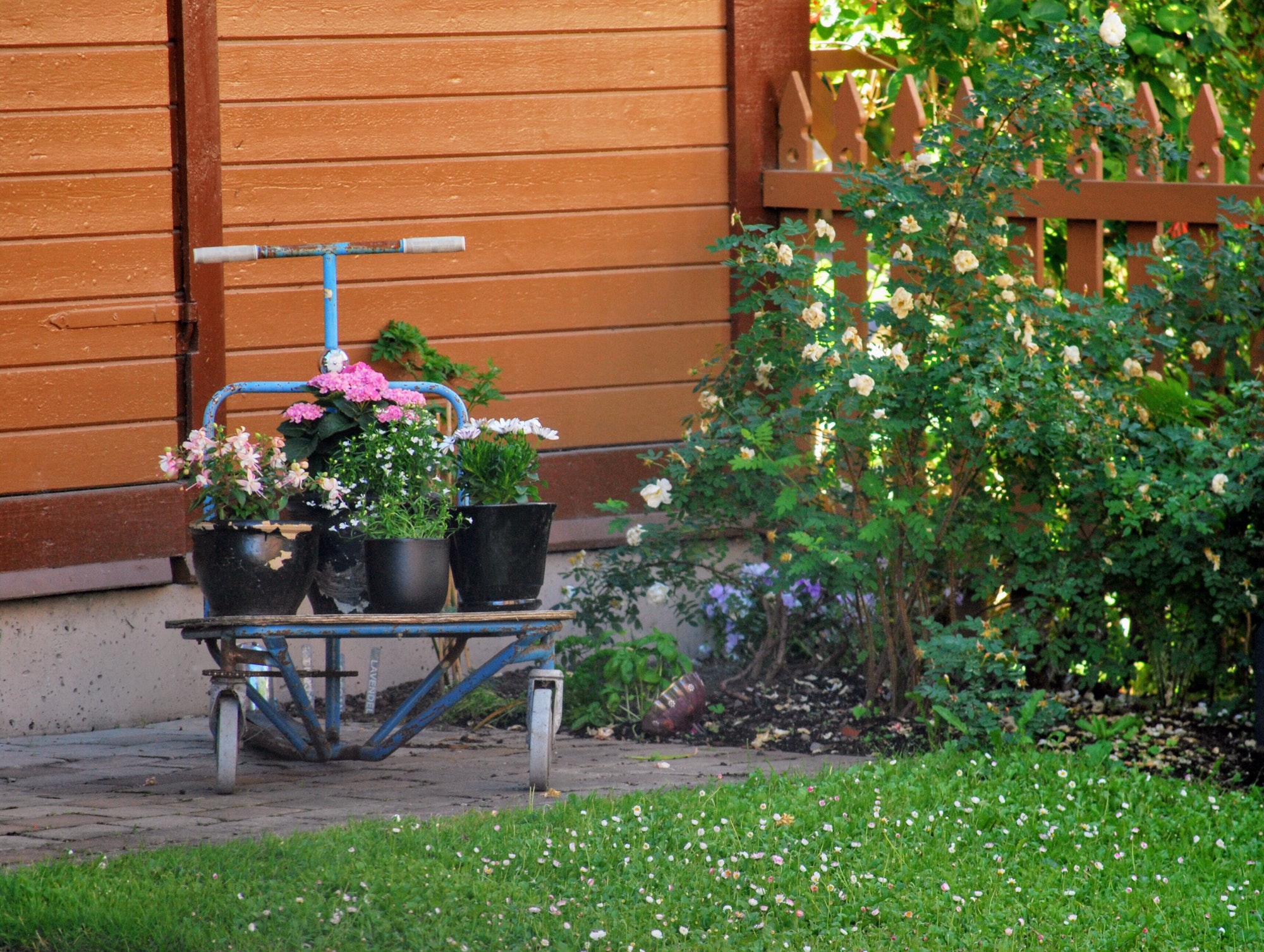In general, plants require sunlight to grow properly. Some species need several hours of full sunlight a day while others need more shade. This means it is important to monitor your planting site throughout the year. During the summer months, sun angle changes may mean that your plants will receive more direct sunlight than during the winter, so you must carefully select your plants accordingly. In addition to light, plants need water, nutrients from the soil, and carbon dioxide from the air.
Hardiness zones can be determined by the USDA, which developed them by studying the minimum temperatures in certain regions. The USDA’s zone system consists of 13 zones based on average minimum temperatures and has been adapted to other countries. It is important to choose the right plants for the climate in your area, as the correct growing conditions will determine their survival. Here are the climate zones in the US:
Depending on your growing climate, you can choose perennials or annuals with deep roots. Aside from cold climate, you should also consider the type of soil you have and the amount of rainfall. Deep-rooted plants are less prone to wind damage and dryness than shallow-rooted ones. Plants that are native to your area are generally best because they are naturally adapted to your climate. If your climate is warm enough for winter-hardy varieties, you can also choose native varieties that have adapted to your region.
Despite the fact that planting in Zone 1 can be challenging, it’s possible to find a plant to survive in this harsh climate. The USDA Hardiness Zones provide examples of plants that thrive in different climates. In addition to your native plants, you can also choose non-native perennial plants to grow in your landscape. However, remember that planting in Zone 1 is a risky endeavor, so find plants that can survive even in the harshest conditions.
When to Plant Vegetables
Some plants are used by animals to spread their seeds. These animals carry the seeds over long distances. Some of the seeds are even attached to hooks that help the animals carry the seeds. Other plants like peas and dandelions have seed pods that burst when the animals eat them. Nevertheless, they should not be planted in areas where the water table is close to the surface. For this reason, you must consider the location of your planting site.
In the United States, the USDA Plant Hardiness Zone Map is the standard for determining which plants will grow well in different climate zones. Its boundaries are based on the average minimum winter temperatures in different parts of the country. Each zone contains sub-zones of 5 degrees Fahrenheit. Many plants will be labeled as hardy in a particular zone. You can also Google a plant to find out which hardiness zone it is in.
The weather zone you live in can affect the timing of planting plants. If you live in a region with a hot climate, you might need to cover your plants or water them daily. This is especially true if you are planting in a pot. For this reason, it is best to select a potted plant in the spring or fall, as the weather will be warmer and you will need less water during these seasons. And in some climates, you can only choose certain types of plants that are suited for your zone.



